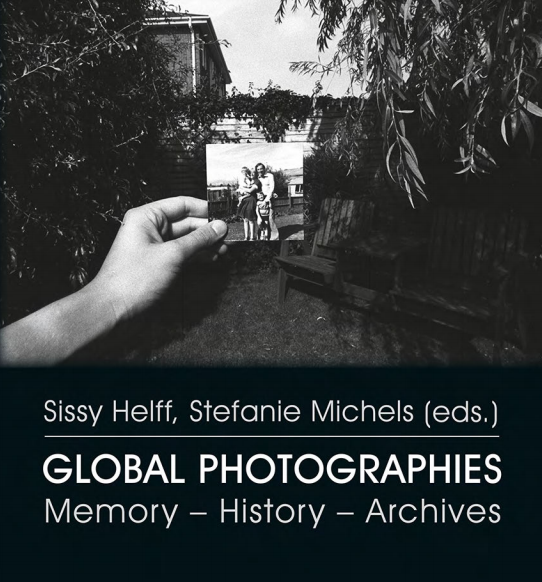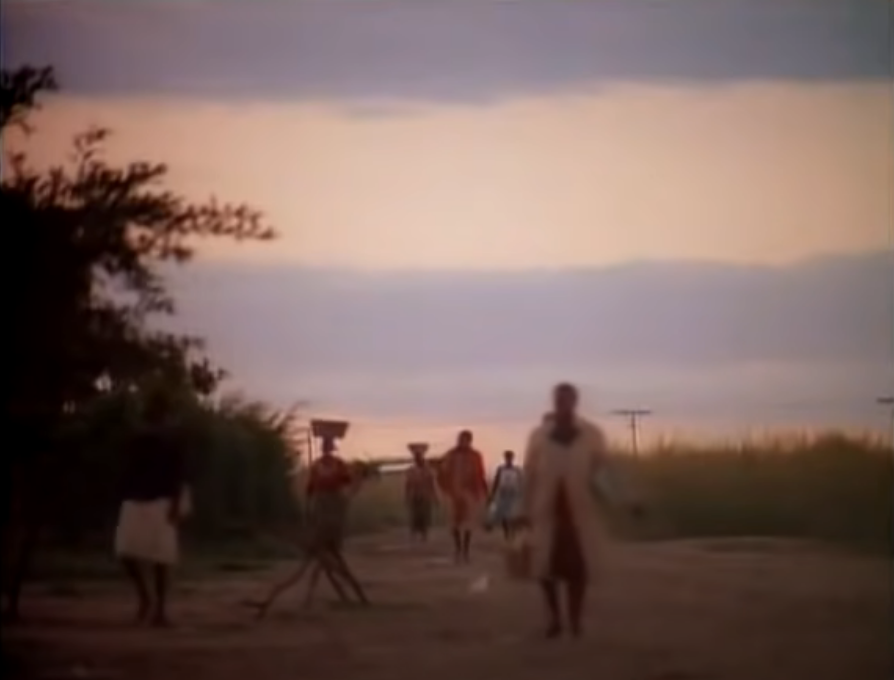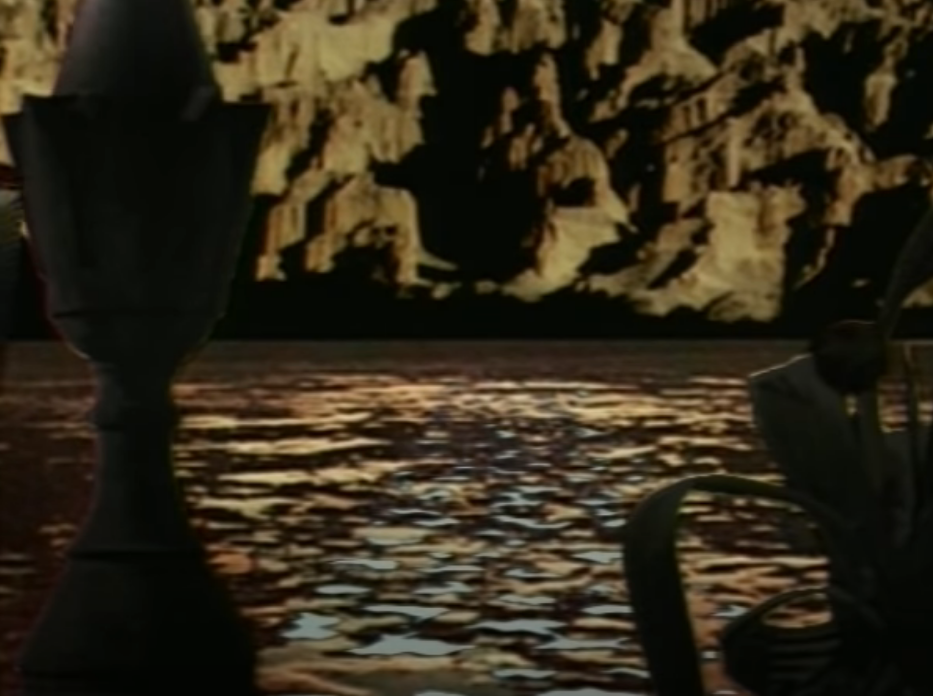Augrabies is a small Town in the Northern Cape Province of South Africa, situated on the South bank of the Orange River about 100 kilometres downstream from Upington. The Khoi people called the Augrabies Falls 'Aukoerebis', the place of the Great Noise, referring to the Orange River thundering its way downwards for 60 metres in a spectacular Waterfall.
The Town has been totally overshadowed by the Augrabies Falls National Park. Not only does it lie on the border of the Park with which people assume it is synonymous, but very few people know that a Town on the edge of the Park that surrounds the renowned Waterfall, even exists!
The 28 000 hectares on both the Northern and Southern sides of the Orange River provide sanctuary to a diversity of species, from the very smallest succulents, birds and reptiles to springbok, gemsbok and the endangered black rhino.
The ancestors of modern History have inhabited the area surrounding the Orange River since the Early Stone Age. During this time, there is evidence that early man had developed weapons for hunting animal like hippopotamus. They knew to establish themselves near good water sources like the Orange River. During the Middle Stone Age man had created more formal work tools and began to utilise fire. The Late Stone Age, which dates back 22 000 years, is characterised by tools that are smaller from the previous periods. The most prolific archaeological features are the stone cairns, from the later Stone Age. Excavations have shown that not all the cairns contains human skeletal remains. (The fine for unlicensed excavation of fossils in South Africa is R20,000.00. Don't do it! )
The Area is inhabited by the Nama People who over the Centuries have managed to adapt to the harsh conditions of the Area. A traditional expression from this Area is the traditional domed huts known as 'matjieshuise’ and a direct translation would be ‘mat houses’. These Houses are extremely well suited for hot climate in this Area. During the Summer the stems and culms from which the mats are made up of, shrink, allowing gaps to appear. This results in a breeze being able to low through and cooling the hut down. In Winter the stems expand keeping out the cold winds and rain. Temperature fluctuations in the Region have resulted in unique adaptations in animals. The animals in Augrabies Falls National Park can survive in extreme high and low temperatures. Smaller animals make use of whatever shade is available as well as burrows, rock crevices and fallen trees. The types of animals that have made these adaptations are the slender mongoose, the yellow mongoose, and Rock Dassies. An interesting mammal found in Augrabies is the Cape Clawless Otter, their presence in the park indicates that the River ecosystem is relatively healthy. The giraffes found in Augrabies are lighter in colour than those found in the Regions of the East, as a counter measure for the extreme heat. One of the most often seen Antelope is the Klipspringer, which are often seen in pairs. Other antelope found in the Park are Steenbok, Springbok, Gemsbok, Kudu and Eland. Predators in Augrabies Falls National Park come in the form of Leopard, Black Backed Jackals, Caracal, the Bat-Eared Fox, and the African Wild Cat.





